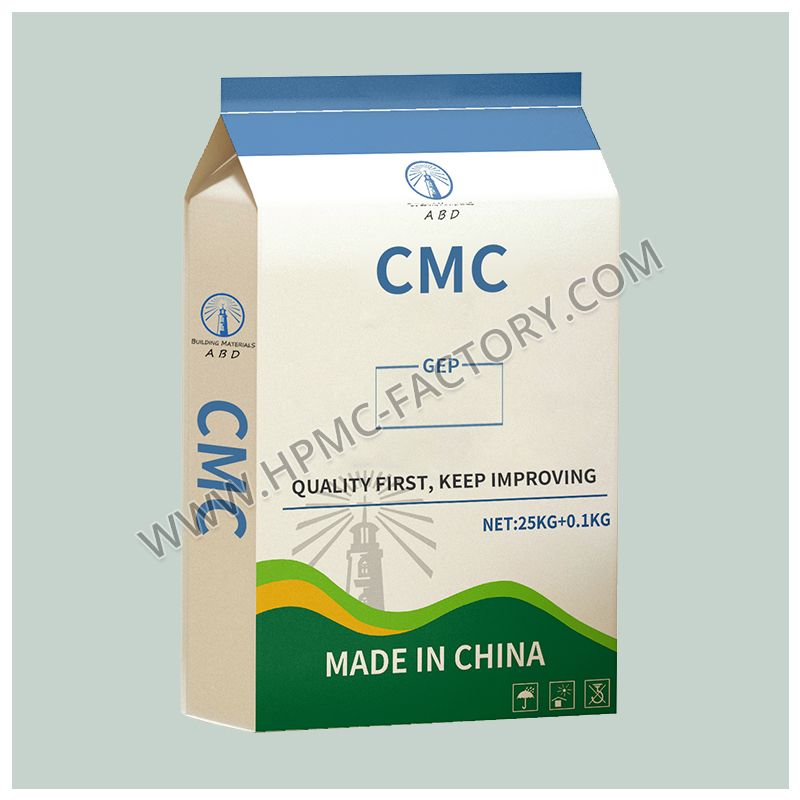Aug. 25, 2023
Chemicals
Carboxymethyl Cellulose (CMC) is a remarkable and versatile compound that finds its place in an array of industries, owing to its unique properties and wide-ranging applications. This comprehensive article aims to shed light on the characteristics, functionalities, and the diverse applications of CMC, emphasizing its significant role in various sectors.

Carboxymethyl Cellulose, commonly referred to as CMC, is a water-soluble polymer derived from cellulose, a natural compound found in plant cell walls. What sets CMC apart is its modified structure, where carboxymethyl groups are introduced to enhance its solubility and functionality.
One of the standout properties of CMC is its remarkable solubility in water. This property allows it to dissolve easily, forming stable solutions with varying viscosities. The ability to modify the viscosity of CMC solutions makes it a valuable ingredient in many applications.
In the food industry, CMC is a versatile additive. It acts as a thickener, stabilizer, and emulsifier in a wide range of products, from dairy items to baked goods. It enhances the texture, shelf life, and overall quality of foods while ensuring uniformity in the final product.
CMC is utilized in pharmaceuticals as a binder in tablet formulations, ensuring the cohesion of ingredients. In cosmetics, it serves as a thickening agent in creams, lotions, and gels, contributing to their desirable consistency and stability.
In the paper industry, CMC is employed as a surface-sizing agent and coating binder. It enhances paper strength, smoothness, and printability. Additionally, CMC's ability to absorb water and retain moisture makes it useful in textile applications as a sizing agent.
CMC's viscosity-controlling properties find application in the oil and gas sector. It is used in drilling fluids to maintain stable viscosity, control fluid loss, and prevent wellbore collapse, contributing to safe and efficient drilling operations.
CMC is found in various cleaning products due to its ability to stabilize suspensions, enhance foam quality, and prevent redeposition of dirt on surfaces. It contributes to the effectiveness and user experience of detergents and cleaners.
In the medical field, CMC serves as a binder in pharmaceutical tablets and a lubricant in certain medical devices. It is also utilized in wound dressings and other medical applications due to its biocompatibility and water-absorbing properties.
The concentration of carboxymethyl cellulose in a solution determines its viscosity, making it adjustable based on application requirements. Lower concentrations result in thinner solutions, while higher concentrations yield thicker solutions.
CMC's properties can be tailored to respond to changes in pH and temperature. This makes it suitable for applications where gel formation, viscosity changes, or controlled release of substances are desired under specific conditions.
The substitution degree refers to the number of carboxymethyl groups attached to the cellulose molecules. It influences CMC's solubility, swelling capacity, and interactions with other substances, allowing customization for specific applications.
Carboxymethyl Cellulose (CMC) is undeniably a versatile and valuable compound with a broad spectrum of applications. Its unique solubility, adjustable viscosity, and customizable properties make it an indispensable ingredient in various industries. From food to pharmaceuticals and beyond, CMC continues to unlock new possibilities and shape the landscape of countless products and processes.
Previous: Hydroxypropyl Methylcellulose (HPMC): A Multifunctional Marvel in Industries
Next: Unleashing the Power of Industrial Gas: Fueling Efficiency and Innovation
If you are interested in sending in a Guest Blogger Submission,welcome to write for us!
All Comments ( 0 )